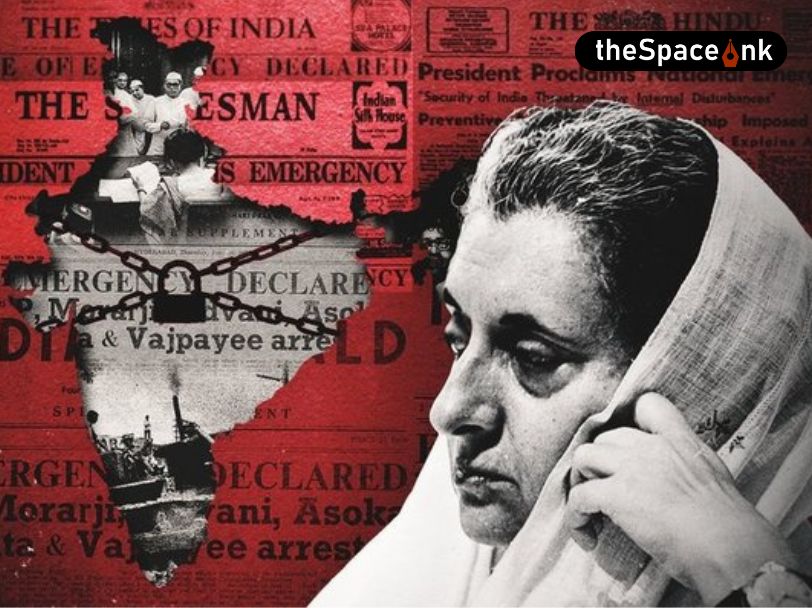In 2011, the regime of red flags was over in Bengal. The fulcrum of power changed. Within months a reckless self-styled militant from the south, who was holed up in the jungles of West Midnapur was killed in an encounter. The incident caused an uproar and the politics of Junglemahal became volatile. Gradually many more rebels were nabbed and sent to jail. Those who surrendered were shown an olive branch, and rewarded with jobs and other perks. The romance of revolution was over.
I hadn’t been to Ajodhya Hills for quite some time. In 2012, I visited a village named Misirdi near Purulia to observe the Karam festival, a carnival of tree worshiping. Prahlad Quiri, who lived in the village, was my friend. His daughter had pledged to offer a pair of goats for sacrifice at the Hathi Kheda temple, if she had a son. The temple is in Jharkhand’s Bhulla Laozora village of Singhbhum district, 40 kilometres from Purulia. I accompanied Prahlad to the temple.

It is a big temple and it is over hundred years old. The priesthood belongs to the indigenous Laya community. Stone idols of elephants are regularly worshiped here.
In addition to tribals, queues of worshippers from other castes and even the upper castes worship the idol. Devotees break coconuts and tie red threads to the banyan tree and bow to the deity. A villager said, ‘every house in the village has a photo or stone deity of the elephant avatar. The militants also humbly bow down in fear of the elephant godhead.’
According to folklore, once upon a time people of a tribal village deep in the forest, faced a menace. A group of delinquent elephants used to massacre the village. Food crops were regularly plundered. Countless people had been crushed under their feet or thrown to their death. People got scared and didn’t dare to come out. An ecclesiastic saint using his black magic reconciled with the elephants and brought peace in the area. He established his territory and built this temple and since then people started worshipping the Elephant God and elephants stopped coming into the village. Since then, the people have grown blind faith. Though the elephant God is vegetarian, it accepts offerings of blood. Goats and lambs are sacrificed at the temple But the colour of the lamb must be white. All the wishes of the devotees are always fulfilled by the divine being of Hathi Kheda shrine.

Inside a cloth enclosure, the ritual of sacrifice was organised. A sheep’s neck was pushed in a sacrificial wooden pillar. A deputy was pulling back the hapless sheep’s hindquarters, so that the sheep’s scruff was rigidly fixed in the sacrificial post. A slaughterman was operating the execution. In one swift move of the lance, the neck with the head of the animal was decapitated from the torso. One last cry ‘Myaaaaaa’ came out of the mouth of the severed cranium. A guy was piling up the executed skulls to another place to be sold to the customers. One dead skull was easily sold for Rs.150. Through the crater of the head-less chassis I could see the pulsating heart of the beheaded creature. Dark red blood was oozing profusely. It was a nerve-chilling sight, and my head was spinning. The land around the temple turned red with the bloody water that drained out.
Near the temple the priest Bhagirath Laya had built a palatial residence. Within the limits of the temple puja item dealers, grocery stores, and sheep sellers were busy minting money. A group of people were dressing the skin of the slaughtered sheep with razors and knives. Several specially appointed cooks were cooking the sacrificial meat. On the wooden stove oil, spices, onion, and garlic were roasted in the hot pot. Pious devotees after receiving the blessing of the God lined up to eat the cooked meat to complete the ritual of offering.
It is the custom that sacrificed mutton cannot be taken home as it will bring misfortune to the family. Women cannot taste the sacrificed lamb.

While I was taking snaps in the slaughter field standing on the bloody floor, my attention was drawn to the stout executioner. The face of the bare-chested man with a round tummy, wearing a gamcha-towel, seemed familiar. As I could contemplate, I met this person a couple of years back at my forest address. It happened two years ago, but the memory was still fresh in my mind. Initially, I had little confusion. He had put on weight and was chubbier with plump cheeks.
I drew courage and straight away asked — ‘ Are you not Dhunia Jado the so-called insurgent, whom I met in the Gobria forest?
The hangman was shocked. He cast a fiery glance at me and continued with his slaying activity with a serious face. I repeated the question candidly. Now he burst into fury and leaving the half slaughtered animal in the guillotine he rushed towards me wielding the blood-stained blade in his fist showing his gritted teeth. He started delivering the choicest abusive words to me. I was totally horrified by his monstrous look. Lastly he threatened, “ “Don’t talk rubbish, you son of a bitch, get out immediately otherwise I will put your neck in the guillotine.
The End
Images courtesy: Pijush Roychowdhury
Pijush Roychowdhury, a globe trotter who frequented 63 countries is a leading travel writer, published extensively and has been an awardee of "Kalom" as the best travel writer of 2020.








